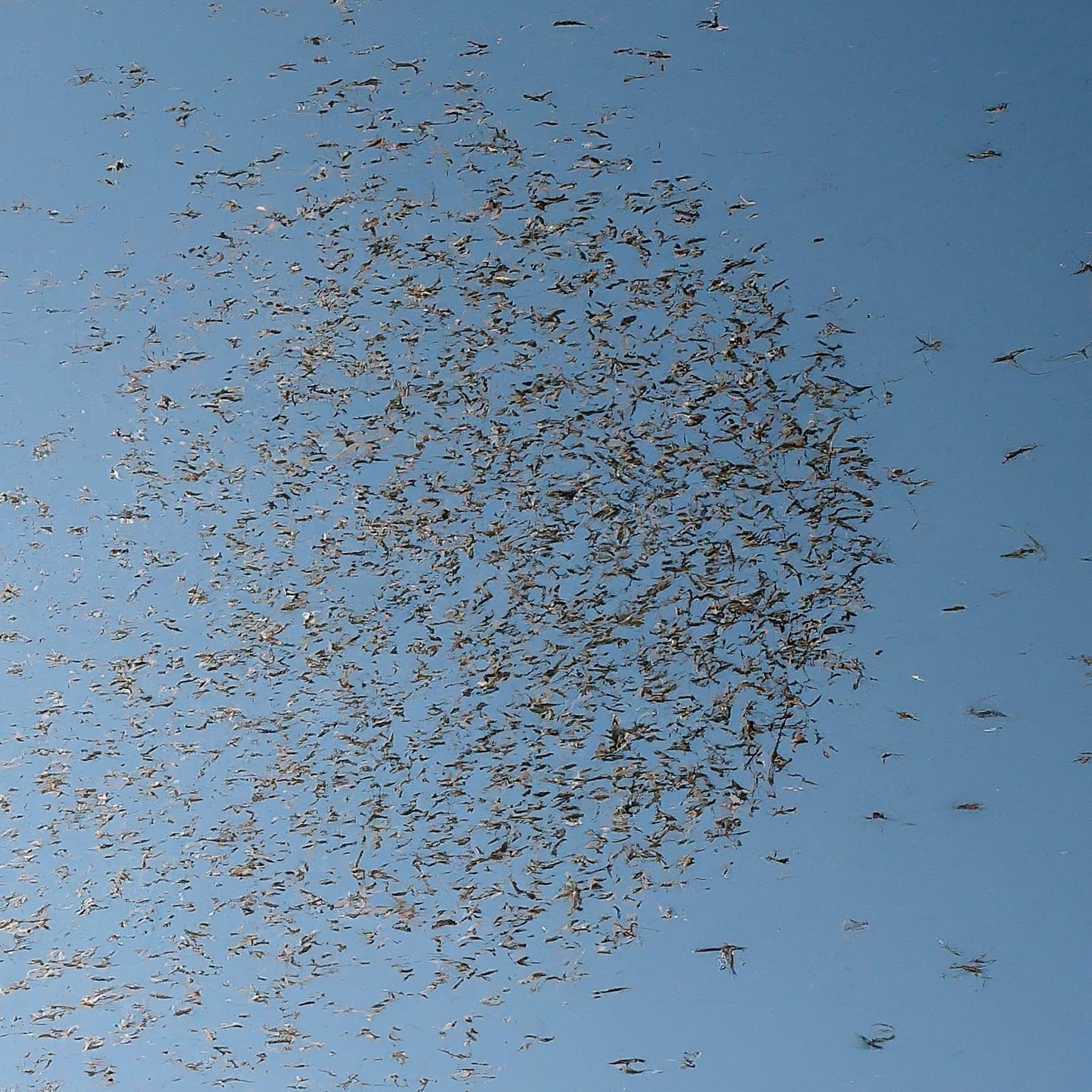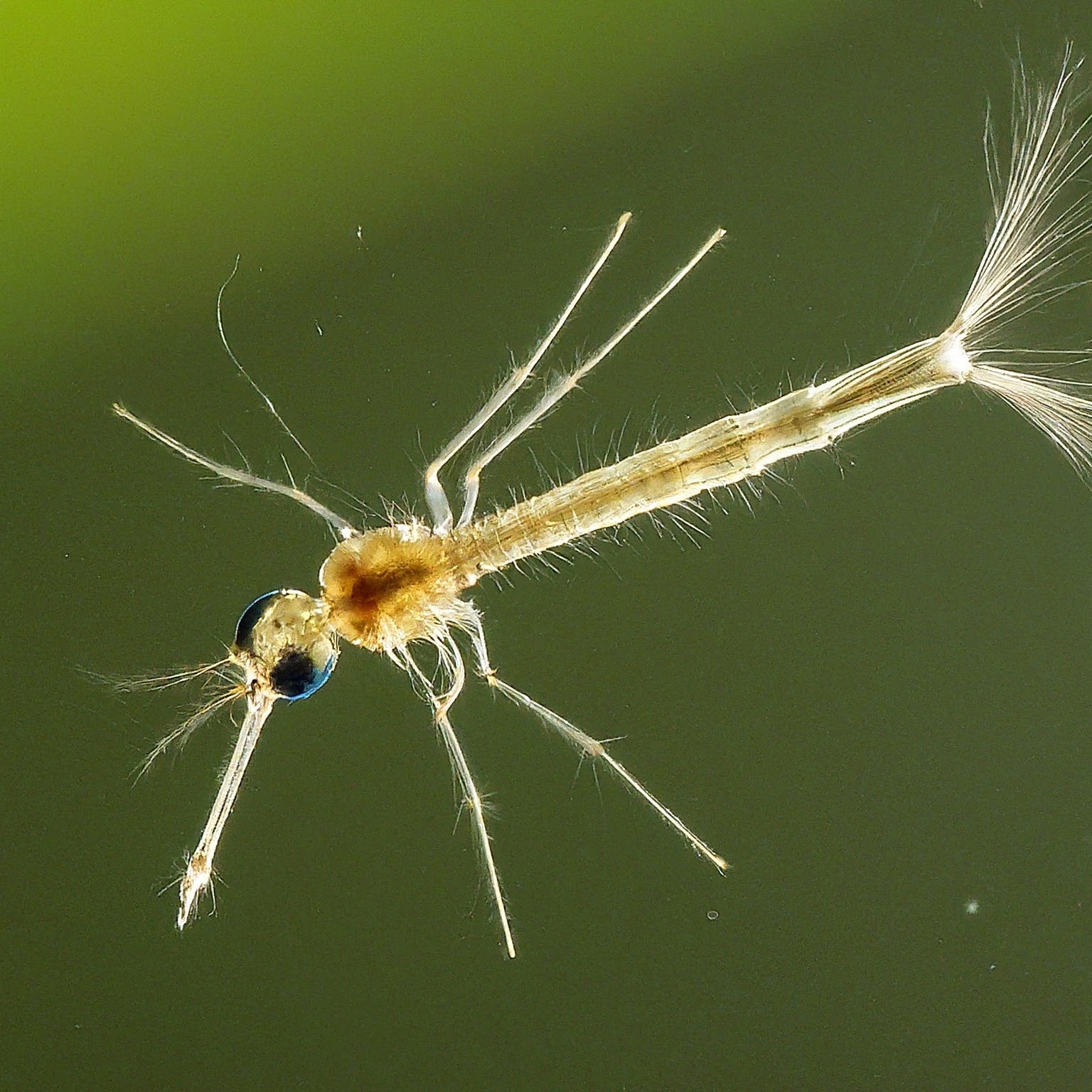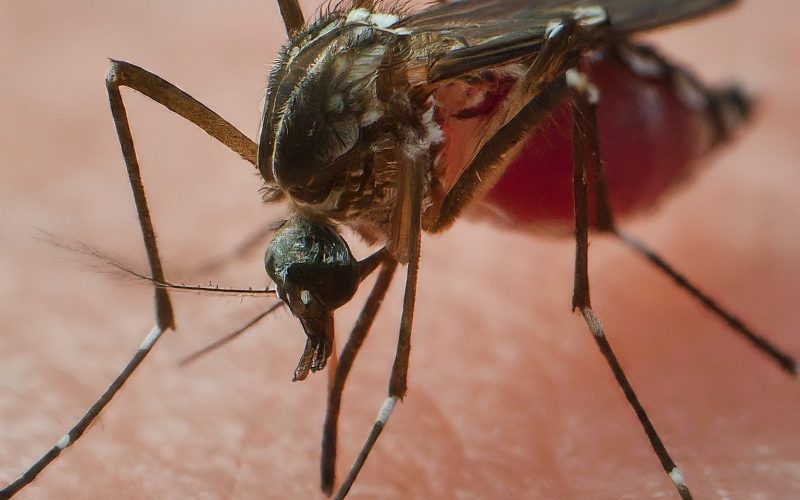About the Author
Dr. Amelia Jones, a leading entomologist with over a decade and a half of experience studying insects, unveils the fascinating yet concerning world of mosquitoes. Driven by a passion for public health education, Dr. Jones aims to equip readers with the knowledge needed to combat mosquito-borne illnesses.
Headings
- The Silent Threat: The Global Impact of Mosquito-Borne Diseases
- A Gallery of Agony: Unveiling Common Mosquito-Borne Illnesses
- Beyond the Bite: Understanding Mosquito Biology and Lifecycle
- Fortress at Home: Effective Mosquito Control Strategies
- Individual Armor: Personal Protection Measures Against Mosquito Bites
- A United Front: Research and Advocacy Efforts to Eradicate Mosquitoes
- Conclusion: Knowledge is Power – Building a Mosquito-Free Future

Informative Table:
| Disease | Symptoms | Geographic Range | Transmission |
|---|---|---|---|
| Malaria | Fever, chills, sweating, headache, muscle aches | Tropical and subtropical regions | Female Anopheles mosquito bite |
| Dengue Fever | High fever, severe headache, muscle and joint pain, rash | Tropical and subtropical regions | Aedes mosquito bite |
| Zika Virus | Fever, rash, joint pain, red eyes (may not cause symptoms in all cases) | Tropical and subtropical regions | Aedes mosquito bite (can also be transmitted sexually) |
| West Nile Virus | Fever, headache, muscle aches, skin rash, swollen lymph nodes (may not cause symptoms in all cases) | Many parts of the world | Culex mosquito bite |
The incessant buzzing of a mosquito might seem like a minor annoyance on a warm summer night. However, beneath that thin, buzzing menace lies a formidable foe, responsible for transmitting a multitude of deadly diseases that have plagued humanity for centuries. Earning the chilling moniker of “humanity’s silent killer,” mosquitoes are estimated to transmit diseases that cause millions of illnesses and hundreds of thousands of deaths globally each year.
The Silent Threat: The Global Impact of Mosquito-Borne Diseases
Mosquito-borne diseases pose a significant threat to public health worldwide. The World Health Organization (WHO) estimates that malaria alone causes over 200 million cases and nearly half a million deaths annually, primarily concentrated in tropical and subtropical regions. Dengue fever, another mosquito-borne illness, infects an estimated 390 million people annually, with 67 million developing clinically apparent illness. These numbers paint a grim picture, highlighting the devastating impact of these diseases on human health and well-being.
A Gallery of Agony: Unveiling Common Mosquito-Borne Illnesses
The silent bite of a mosquito can unleash a range of debilitating illnesses. Here’s a closer look at some of the most common mosquito-borne diseases:
-
Malaria: This life-threatening parasitic infection causes symptoms like fever, chills, sweating, headache, and muscle aches. Malaria can be fatal if left untreated, particularly for young children and pregnant women.
-
Dengue Fever: Often dubbed “breakbone fever” due to the severe muscle and joint pain it causes, dengue fever is a mosquito-borne viral infection. Symptoms can range from a mild fever to a life-threatening complication known as dengue hemorrhagic fever.
-
Zika Virus: This mosquito-borne viral infection can cause fever, rash, joint pain, and red eyes. While typically mild, Zika poses a significant risk to pregnant women, as it can cause severe birth defects in their babies.
-
West Nile Virus: This mosquito-borne viral infection can cause a range of symptoms, including fever, headache, muscle aches, skin rash, and swollen lymph nodes. While most people experience mild illness, some individuals can develop severe neurological problems.
Beyond the Bite: Understanding Mosquito Biology and Lifecycle
To effectively combat these diseases, we must delve deeper and understand the enemy. Mosquitoes belong to the Culicidae family, and over 3,500 species exist worldwide. Understanding their biology and lifecycle is crucial for developing effective control strategies.
Female mosquitoes are the primary culprits, requiring a blood meal to develop their eggs. During this blood feeding, they can transmit pathogens from an infected person to a healthy individual. Mosquitoes go through a complete metamorphosis, with four distinct stages: egg, larva, pupa, and adult. Eggs are typically laid in water, and the larvae develop in this aquatic environment. These larvae breathe through a siphon at the water’s surface and feed on microorganisms. After molting several times, the larva transforms into a pupa. Pupae do not feed and are comma-shaped. Finally, the adult mosquito emerges from the pupal case, its body parts harden, and it takes flight, ready to continue the cycle.
Factors like temperature, humidity, and availability of breeding sites significantly influence mosquito populations. Understanding these factors allows us to implement targeted control measures.

Fortress at Home: Effective Mosquito Control Strategies
The good news is that we can significantly reduce our risk of mosquito bites and mosquito-borne diseases by implementing effective control strategies around our homes. Here are some key steps to take:
-
Eliminate Mosquito Breeding Grounds: Mosquitoes require stagnant water to breed. Regularly inspect your property for potential breeding sites, such as clogged gutters, discarded tires, birdbaths, and even small puddles. Eliminate these sources of standing water to disrupt the mosquito lifecycle.
-
Embrace Natural Mosquito Repellents: Certain plants like citronella, lemongrass, and catnip are known to have mosquito-repellent properties. Planting these strategically around your property can create a natural barrier against these pests.
-
Utilize Insect Traps: Consider using mosquito traps that attract and kill adult mosquitoes. These traps can be particularly effective in areas with high mosquito populations.
-
Strategize with Insecticides: Insecticides can be a powerful tool for mosquito control. However, it’s crucial to choose products labeled for mosquito control and follow application instructions carefully to minimize environmental impact.

Individual Armor: Personal Protection Measures Against Mosquito Bites
In addition to controlling mosquito populations around your home, individual protection measures are also essential. Here are some effective strategies:
-
Dress for Defense: When spending time outdoors, wear long-sleeved shirts, pants, and socks. Opt for light-colored clothing, as mosquitoes are more attracted to dark colors.
-
Embrace Repellents: Apply insect repellents containing DEET, picaridin, or oil of lemon eucalyptus according to product instructions. These repellents create a barrier on your skin that deters mosquitoes from landing and biting.
-
Consider Treated Clothing: Permethrin-treated clothing offers long-lasting protection against mosquitoes and ticks. However, it’s important to follow manufacturer’s instructions for proper application and use of permethrin, as it’s not intended for direct skin contact.
-
Create a Mosquito-Free Sanctuary Indoors: Keep doors and windows closed, especially during dusk and dawn when mosquitoes are most active. Utilize screens on windows and doors to further prevent mosquito entry.

A United Front: Research and Advocacy Efforts to Eradicate Mosquitoes
The fight against mosquito-borne diseases extends beyond our backyards. Researchers worldwide are actively exploring various strategies to combat this global threat. Here are some promising areas of research:
-
Vaccine Development: Vaccines offer a powerful tool for preventing infectious diseases. Significant efforts are underway to develop effective vaccines against mosquito-borne diseases like malaria and dengue fever.
-
Mosquito Control Innovations: Researchers are exploring innovative methods for mosquito control, such as the use of genetically modified mosquitoes that are resistant to transmitting diseases.
-
Sterile Insect Technique (SIT): This technique involves mass rearing and releasing sterile male mosquitoes. These sterile males mate with wild females, resulting in unviable eggs and a decline in mosquito populations.
Public health advocacy also plays a crucial role in raising awareness about mosquito-borne diseases and promoting preventive measures. Organizations like the World Health Organization (WHO) and the Centers for Disease Control and Prevention (CDC) play a vital role in disseminating information and advocating for resources to combat these diseases.
Conclusion: Knowledge is Power – Building a Mosquito-Free Future
Mosquitoes, often dismissed as mere summertime nuisances, pose a significant threat to global health. By understanding the dangers of mosquito-borne diseases, the biology of these insects, and implementing effective control strategies, we can significantly reduce the risk of mosquito bites and the spread of these debilitating illnesses. Remember, knowledge is power. By educating ourselves, taking individual precautions, and supporting research initiatives, we can build a future where mosquito-borne diseases are a relic of the past, not a looming threat.











